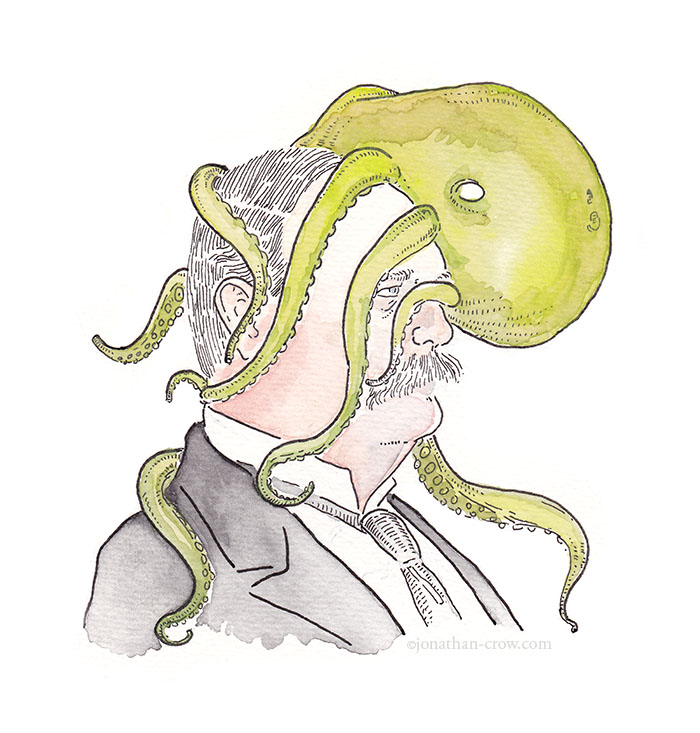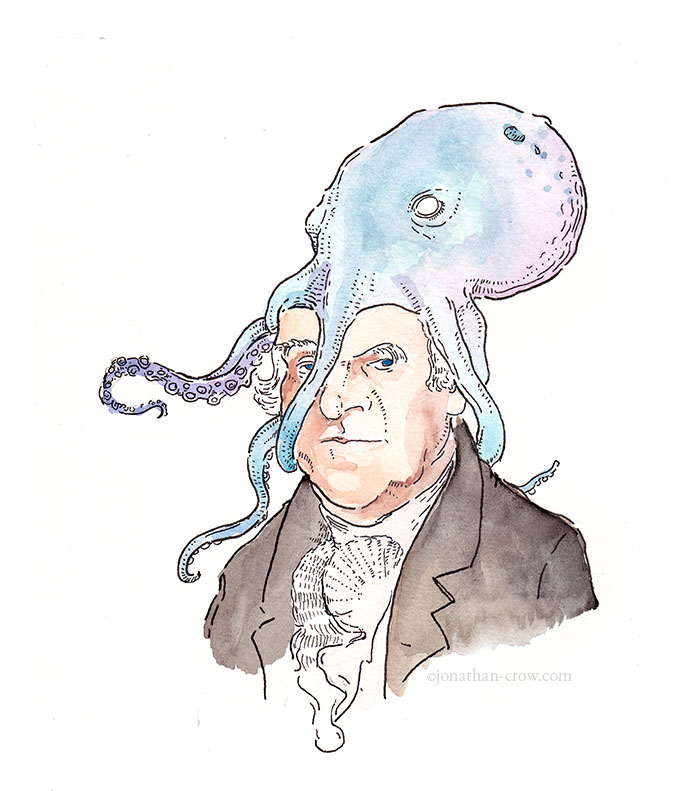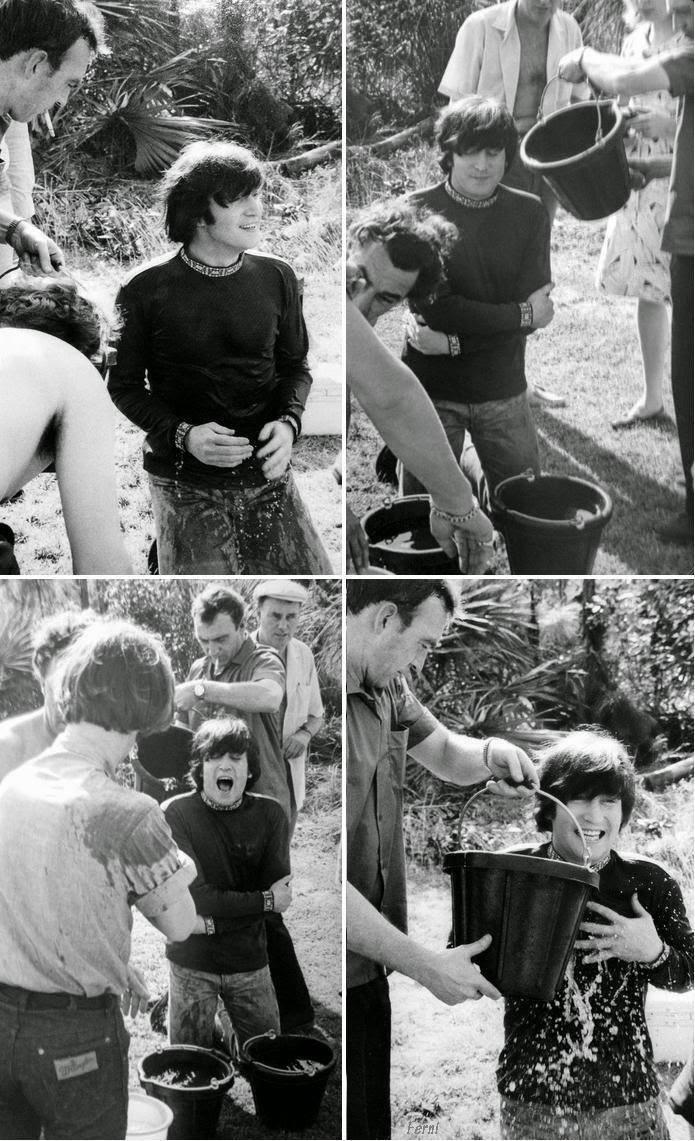My first exposure to the writing of David Sedaris came fifteen years ago, at a reading he gave in Seattle. I couldn’t remember laughing at anything before quite so hard as I laughed at the stories of the author and his fellow French-learners struggling for a grasp on the language. I fought hardest for oxygen when he got to the part about his classmates, a veritable United Nations of a group, straining in this non-native language of theirs to discuss various holidays. One particular line has always stuck with me, after a Moroccan student demands an explanation of Easter:
The Poles led the charge to the best of their ability. “It is,” said one, “a party for the little boy of God who call his self Jesus and… oh, shit.”
She faltered, and her fellow countryman came to her aid.
“He call his self Jesus, and then he be die one day on two… morsels of… lumber.”
The scene eventually ended up in print in “Jesus Shaves,” a story in Sedaris’ third collection, Me Talk Pretty One Day. You can read it free online in a selection of three of his pieces rounded up by Esquire. Sedaris’ observational humor does tend to come out in full force on holidays (see also his reading of the Saint Nicholas-themed story “Six to Eight Black Men” on Dutch television above), and indeed the holidays provided him the material that first launched him into the mainstream.
When Ira Glass, the soon-to-be mastermind of This American Life, happened to hear him reading his diary aloud at a Chicago club, Glass knew he simply had to put this man on the radio. This led up to the big break of a National Public Radio broadcast of “The Santaland Diaries,” Sedaris’ rich account of a season spent as a Macy’s elf. You can still hear This American Life’s full broadcast of it on the show’s site.
True Sedarians, of course, know him for not just his inimitably askew perspective on the holidays, but for his accounts of life in New York, Paris (the reason he enrolled in those French classes in the first place), Normandy, London, the English countryside, and growing up amid his large Greek-American family. Many of Sedaris’ stories — 20 in fact — have been collected at the web site, The Electric Typewriter, giving you an overview of Sedaris’ world: his time in the elfin trenches, his rare moments of ease among siblings and parents, his futile father-mandated guitar lessons, his less futile language lessons, his relinquishment of his signature smoking habit (the easy indulgence of which took him, so he’d said at that Seattle reading, to France in the first place). Among the collected stories, you will find:
- “The Santaland Diaries” (audio)
- “The Youth in Asia,” “Jesus Shaves,” and “Giant Dreams, Midget Abilities”
- “Our Perfect Summer”
- “Letting Go”
- “Now We Are Five”
For the complete list, visit: 20 Great Essays and Short Stories by David Sedaris. And, just to be clear, you can read these stories, for free, online.
Note: If you would like to download a free audiobook narrated by David Sedaris, you might want to check out Audible’s 30 Day Free Trial. We have details on the program here. If you click this link, you will see the books narrated by Sedaris. If one intrigues, click on the “Learn how to get this Free” link next to each book.
Related Content:
Be His Guest: David Sedaris at Home in Rural West Sussex, England
David Sedaris Reads You a Story By Miranda July
David Sedaris and Ian Falconer Introduce “Squirrel Seeks Chipmunk”
David Sedaris Sings the Oscar Mayer Theme Song in the Voice of Billie Holiday
Colin Marshall hosts and produces Notebook on Cities and Culture and writes essays on cities, language, Asia, and men’s style. He’s at work on a book about Los Angeles, A Los Angeles Primer. Follow him on Twitter at @colinmarshall or on Facebook.





